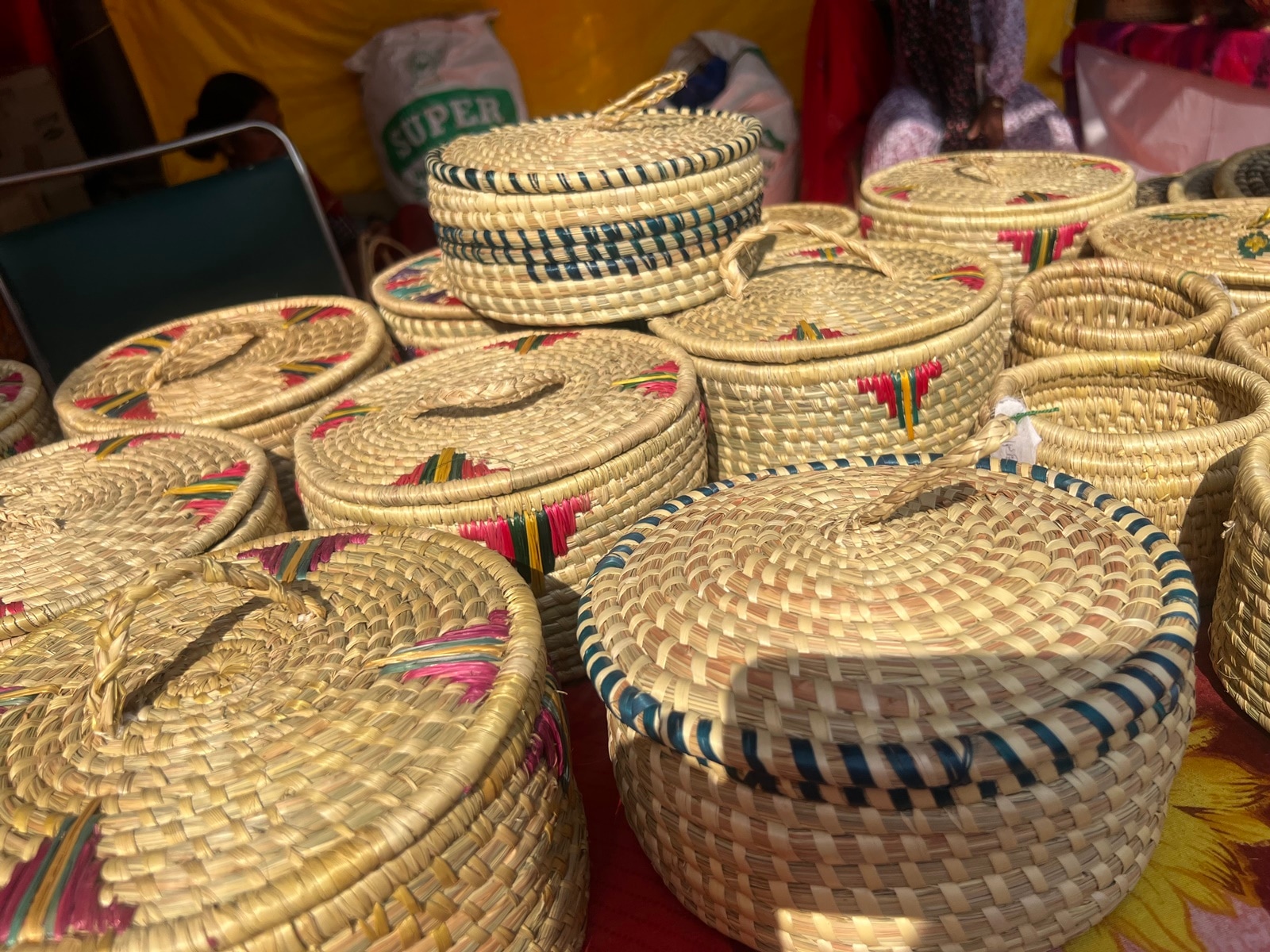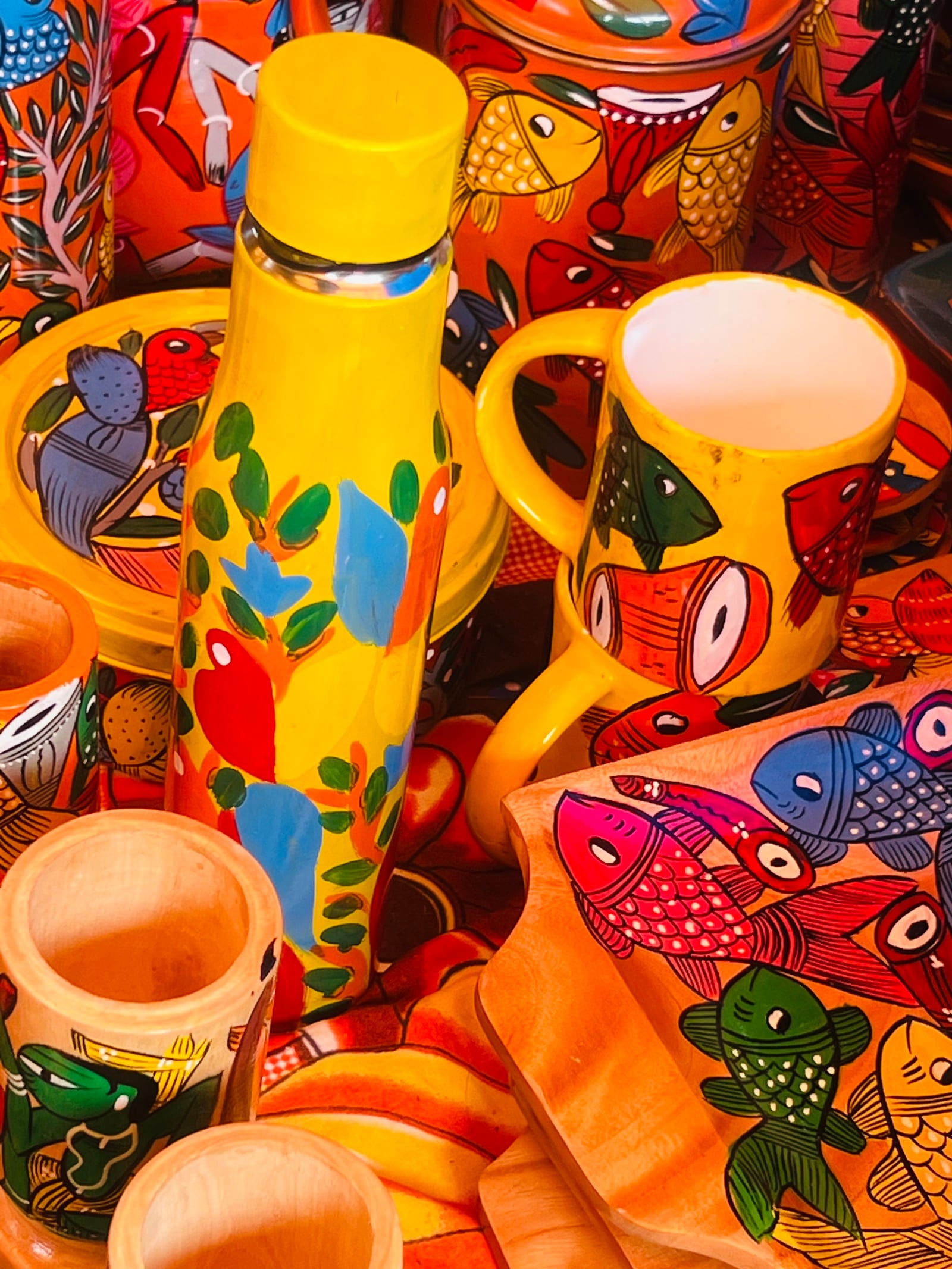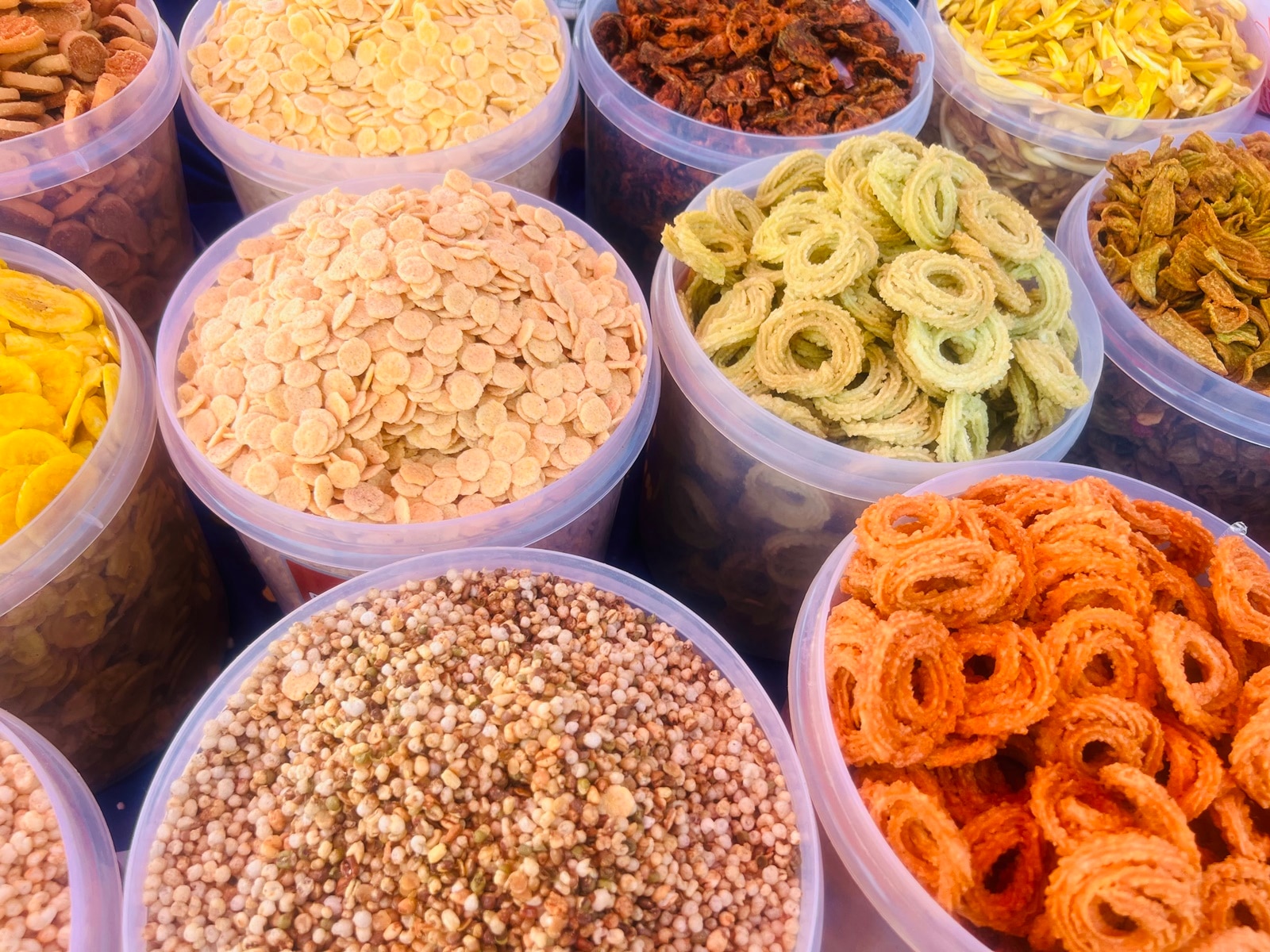Against the picturesque backdrop of the Aravallis, the 38th Surajkund International Crafts Mela––organised jointly by the Surajkund Mela Authority, Haryana Tourism, and key Union Ministries including Culture, Tourism, Textiles, and External Affairs––is an immersive exhibition of indigenous talents and artisanal finesse. Through its winding pathways, over 2,500 artisans, from across India and the world, showcase their mastery in handlooms, handicrafts, textiles, and ethnic culinary art, while rural women entrepreneurs demonstrate how traditional crafts can power economic independence. With folk music and dance punctuating the atmosphere, this grand, colourful cultural spectacle, also dubbed the “Shilp Mahakumbh,” truly lives up to the principles of “Ek Bharat, Shreshtha Bharat.” The Mela runs till February 23 in Faridabad.
Orange economy is a term used to describe creative and cultural industries that contribute to economic growth. The fair is not only a platform to promote the principles of “Vocal for Local” initiative––that encourages grassroots entrepreneurship––it also fosters global integration of arts and crafts – essential tools of cultural exchanges.
This year, Odisha and Madhya Pradesh are the theme states with dedicated attractions showcasing their rich heritage. As visitors step into the fair from Gate 1, with the grand Chattisgarh ‘dokra art’ gate crafted in 2015 in the backdrop, they are greeted by a splendid sand sculpture of Lord Jagannath, sand art being very popular in the state of Odisha.
The entrance is adorned with Pattachitra paintings from Raghurajpur village of Odisha and Pipli applique lanterns and hangings. For Madhya Pradesh, exquisite Chanderi and Bagh prints and an impressive tableau of cheetahs from Kuno National Park are key attractions.
As soon as one enters the mela, the entrepreneurial spirit of small and local businesses is on display, with a dedicated pavilion for processed foods, dry fruits, pickles, namkeen, juices, and other herbal products. With huge giant wheels in the backdrop, several small entrepreneurs have small shops with bamboo plants, musical instruments, handbags, local snacks, ice creams, and more.
 A major highlight of the mela is the Sale of Articles of Rural Artisans Society (SARAS) Aajeevika pavilion, dedicated to self-help groups (Credit: Swasti Pachauri)
A major highlight of the mela is the Sale of Articles of Rural Artisans Society (SARAS) Aajeevika pavilion, dedicated to self-help groups (Credit: Swasti Pachauri)
A global cultural exchange
Each year, Surajkund Mela partners with a country to enhance cultural ties. This year, the fair has taken a leap in cultural diplomacy by partnering with the Bay of Bengal Initiative for Multi-Sectoral Technical and Economic Cooperation (BIMSTEC) nations—Bangladesh, Bhutan, India, Nepal, Myanmar, Thailand, and Sri Lanka. The international pavilion is one of the biggest attractions, showcasing arts and crafts from across the world.
Visitors can explore Syrian glass lamps, Tunisian handicrafts made from olive wood, Tanzanian musical instruments, Thai textiles, Afghan dry fruits, and Nepalese Rudraksha beads, and many other handlooms, paintings, arts, and crafts. Countries such as Iran, Madagascar, Seychelles, and Malawi have also exhibited their unique crafts. This global participation underscores India’s “Vasudhaiva Kutumbakam”ethos—the world is one family.
Story continues below this ad
 Clay pots, utensils, terracotta crafts, toys, wall hangings, puppet décor, handlooms, textiles, herbal and forest produce are other products attracting a major tourist footfall (Credit: Swasti Pachauri)
Clay pots, utensils, terracotta crafts, toys, wall hangings, puppet décor, handlooms, textiles, herbal and forest produce are other products attracting a major tourist footfall (Credit: Swasti Pachauri)
Empowering rural women entrepreneurs
A major highlight of the mela is the Sale of Articles of Rural Artisans Society (SARAS) Aajeevika pavilion, dedicated to self-help groups (SHGs) or “Lakhpati Didis”—women entrepreneurs from across India who have overcome socio-economic barriers to showcase their handmade crafts, in turn, promoting rural tourism.
This year, Haryana has five stalls under the SARAS Aajeevika initiative, marking a new step in promoting heritage tourism and local entrepreneurship. With initiatives like MICE (meetings, incentives, conferences, and exhibitions) and heritage tourism being promoted by the state government, Surajkund Mela is now attracting several opportunities and encouraging entrepreneurship and local livelihoods.
Artisans like Geeta Devi and her son, who run an apiculture business in Fatehabad, have set up a stall for the first time, sharing their 12-year journey in beekeeping and honey processing. Meena from Kavya Mahila SHG in Karnal, who makes incense sticks, dhoop, and herbal beauty products, is participating for the second time. “We prepare incense at home using cow dung, dry flowers, and natural essences. The experience has been empowering,” she said.
Suman from Unnat Mahila SHG from Panchkula, a home-based baker, has ventured into millet-based laddoos. “Since millets are not grown in Haryana, we source ragi from Uttarakhand farmers. Fairs like these give us much-needed exposure and a chance to visit Delhi,” she said.
Story continues below this ad
The SARAS stalls have artisans and women entrepreneurs from across the country. Vimla Devi, who is selling her Madhubani scroll paintings, is visiting for the sixth time. Clay pots, utensils, terracotta crafts, toys, wall hangings, puppet décor, handlooms, textiles, herbal and forest produce are other products attracting a major tourist footfall, thus economically empowering artisans, weavers, and local entrepreneurs.
 Stalls featured water hyacinth crafts, Meghalaya’s turmeric and ginger, Manipur’s cane and bamboo furniture, exotic spices, and handloom textiles (Credit: Swasti Pachauri)
Stalls featured water hyacinth crafts, Meghalaya’s turmeric and ginger, Manipur’s cane and bamboo furniture, exotic spices, and handloom textiles (Credit: Swasti Pachauri)
Northeast pavilion: a window to untapped heritage
A separate pavilion dedicated to the northeastern states showcases the rich natural and cultural heritage of the region. The Ministry of Development of North Eastern Region (DONER), in collaboration with the North East Handloom and Handicrafts Association, has set up stalls featuring water hyacinth crafts, Meghalaya’s turmeric and ginger, Manipur’s cane and bamboo furniture, exotic spices, and handloom textiles.
Decorative installations celebrate the region’s agricultural and artisanal wealth with informative displays on Lakadong turmeric from Meghalaya, Shirui Lily from Manipur, large cardamom from Sikkim, Queen Pineapple from Tripura, Bird’s Eye Chilli from Mizoram, Naga coffee from Nagaland, Muga silk from Assam, and jewellery from Arunachal Pradesh.

